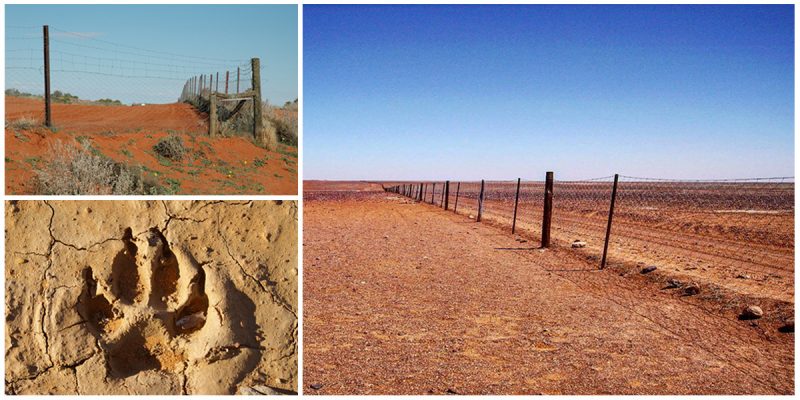Erected in 1885 to keep Dingos and other wild dogs out of South-Eastern Australia and protect the sheep flocks, the Dingo Fence, or Dog Fence, stretches across two southeastern Australian states, Queensland and South Australia.
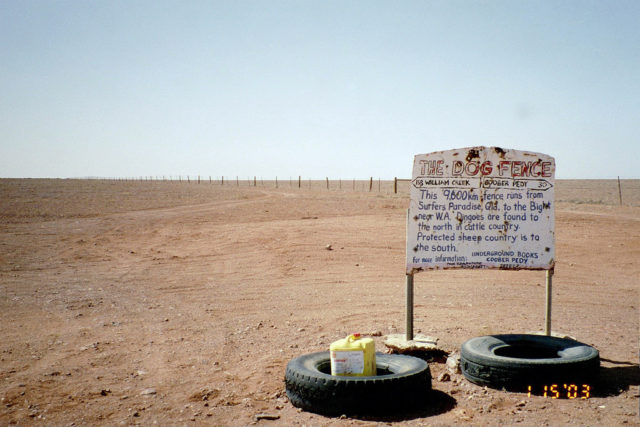
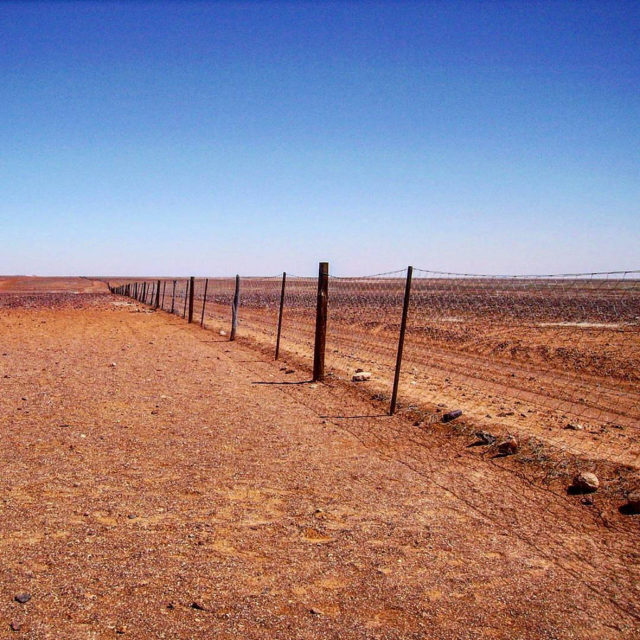
Stretching 5,614 kilometers from Jimbour to Fowlers Bay in the Great Australian Bight, it is one of the longest structures in the world and the world’s longest fence.
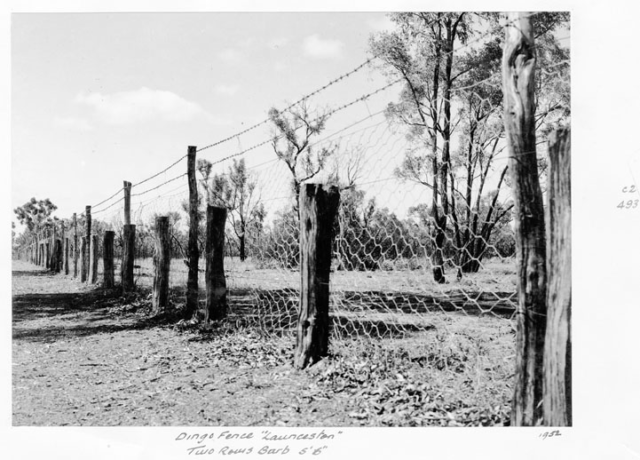
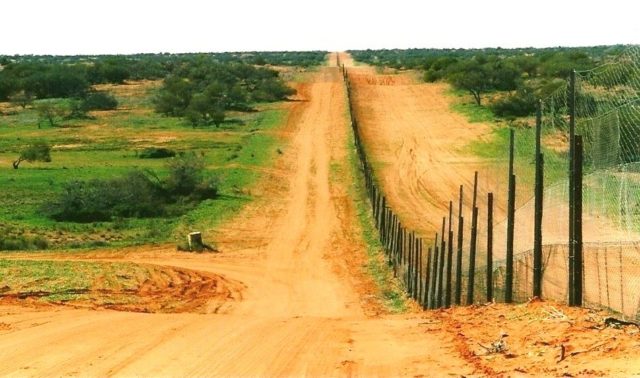
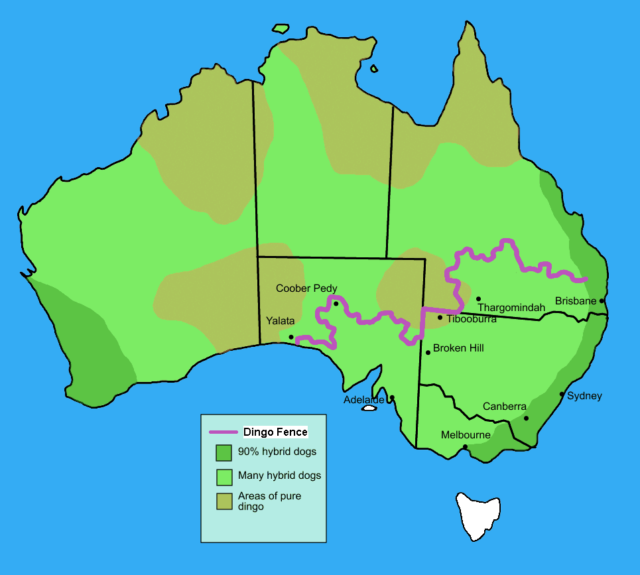
The Dingo Fence was not always a dog fence. In fact, it was originally built as a rabbit proof fence, to stop the spread of the rabbit plague across state borders. It was built across the South East section of Australia. However, in 1914, it proved to be unsuccessful, so it was converted into a dog fence. Government funds were being used to heighten and expand the fence.
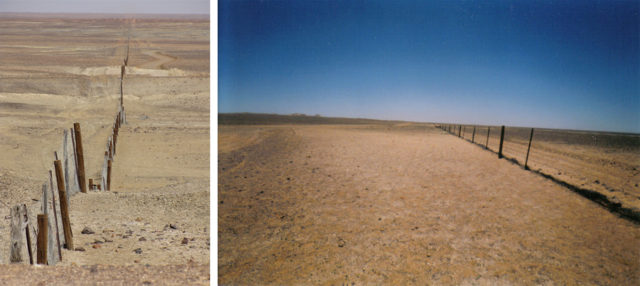
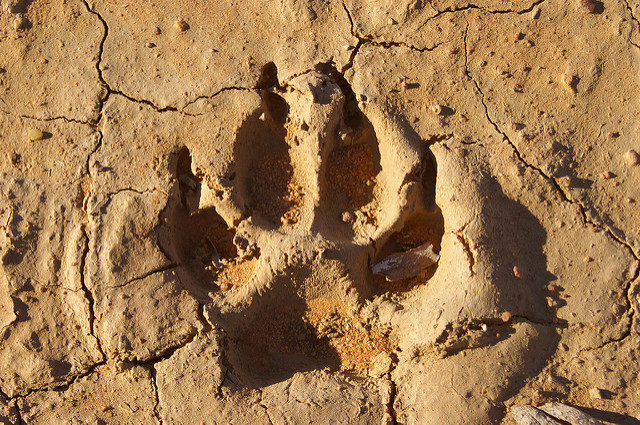
The most effective method of preventing dingoes from killing sheep in southeastern Australia was to stop them from entering the area in the first place. The fence is nearly 2 meters (6 ft) high and extends about 30 cm underground to keep the dingo from digging under it.
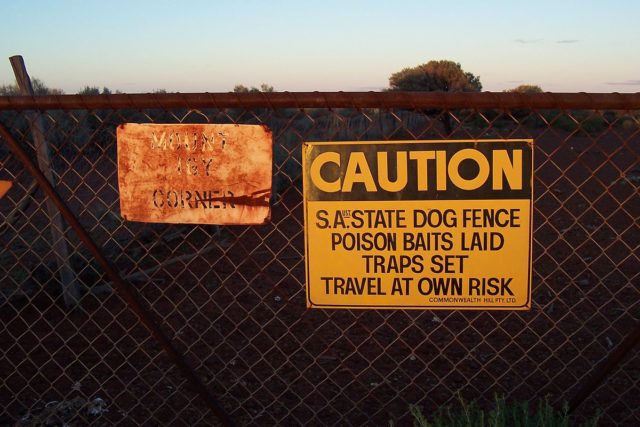
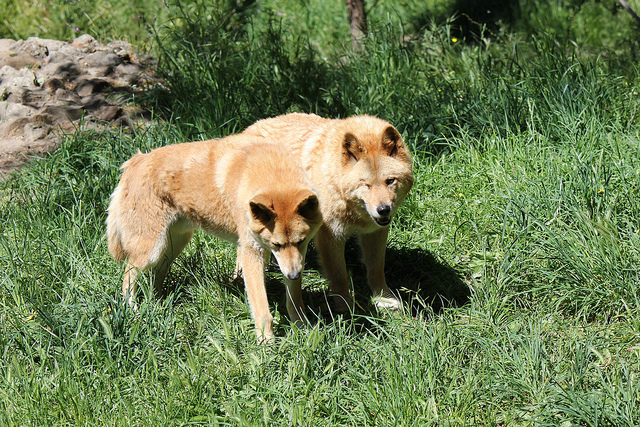
Although the fence has helped reduce losses of sheep to predators, some dingos have managed to slip through holes and have become a threat to local livestock.
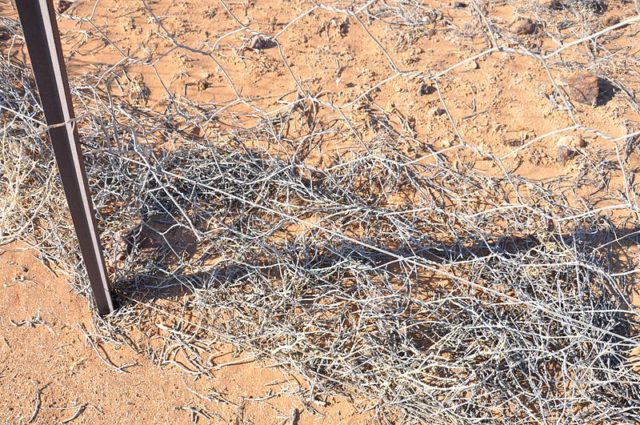
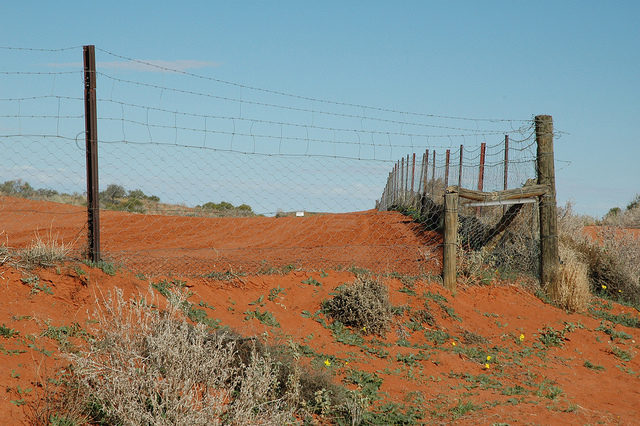
According to Dr. Mike Letnic of the University of Sydney, the dingo, as Australia’s top predator, has an important role in maintaining the balance of nature, and reintroduced dingo populations could increase biodiversity across more than 2 million square kilometers of Australia.
